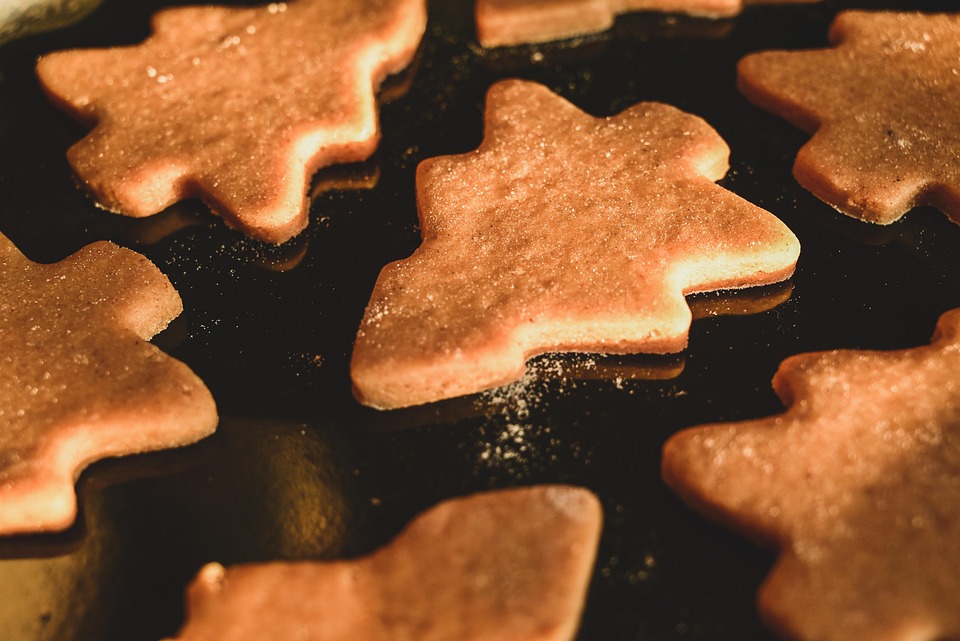A cluttered kitchen can be a source of stress and inefficiency, affecting your cooking experience and your overall enjoyment of the space. Whether you’re a culinary novice or a seasoned chef, an organized kitchen can make meal prep and entertaining a breeze. Here are top tips to help you create a clutter-free kitchen that works for you.
1. Declutter First
Before you can organize, you need to declutter. Start by emptying drawers, cabinets, and countertops. Go through each item and ask yourself:
- Do I use this regularly?
- Is it broken or damaged?
- Does it serve a purpose?
Create separate piles for items to keep, donate, or toss. Be ruthless! If it doesn’t add value to your kitchen, consider parting ways with it.
2. Maximize Vertical Space
Utilize wall space to help declutter surfaces. Install shelves, pegboards, or wall-mounted racks to store frequently used items like pots, pans, and utensils. Not only does this free up counter space, but it can also add design flair to your kitchen.
3. Group Like Items Together
Organizing your kitchen by groups makes cooking more intuitive. Divide items into categories:
- Cooking utensils (spatulas, spoons)
- Baking supplies (mixing bowls, measuring cups)
- Small appliances (blender, toaster)
- Pantry staples (canned goods, dry ingredients)
Store these items together in labeled containers or drawers for easy access.
4. Use Clear Containers
Invest in clear containers for pantry items. This not only keeps things organized but also allows you to easily see what you have and when it’s about to run out. Labeling containers can further streamline your cooking process and shopping trips.
5. Create a Command Center
Designate a specific area for your kitchen’s command center. This can be a small corkboard or magnetic board where you keep important items like:
- Grocery lists
- Meal plans
- Recipe cards
By having a central place for these resources, you’ll keep your counters clutter-free and improve meal prep efficiency.
6. Optimizing Cabinet Space
Consider adjustable shelving if your cabinets allow it. This flexibility can accommodate items of varying heights, and you can create more space for taller appliances or oversized pots. Adding pull-out drawers or shelf risers makes accessing items easier and keeps you from losing things at the back of cabinets.
7. Tackle the Junk Drawer
Every kitchen has a junk drawer—or at least it should. Assign a specific drawer for miscellaneous items. Use small bins or dividers to further organize and contain items like batteries, tape, and other odds and ends. Regularly check and declutter this drawer to ensure it doesn’t become a catch-all again.
8. Rotate Seasonal Items
Out of season, kitchenware, like holiday platters or grilling tools, can take up precious space. Consider storing these items in less accessible locations, such as higher cabinets or under the bed, to keep them out of everyday reach.
9. Adopt a “One In, One Out” Policy
To maintain your newly organized kitchen, adopt the “one in, one out” approach. For every new item you bring into your kitchen, commit to removing an old one. This practice will help prevent clutter from building up again.
10. Regularly Review and Refine
Make it a habit to reassess your kitchen’s organization regularly. Set aside some time every few months to declutter and fine-tune your space. This will ensure that your kitchen remains functional, efficient, and enjoyable.
Conclusion
By implementing these top tips, you can transform your kitchen into an organized, clutter-free space that enhances your cooking experience and makes your time in the kitchen more enjoyable. Whether you devise smart storage solutions or create an efficient workspace, these strategies can help you become a pro at kitchen organization, allowing you to focus on what really matters: creating delicious meals. Happy organizing!



